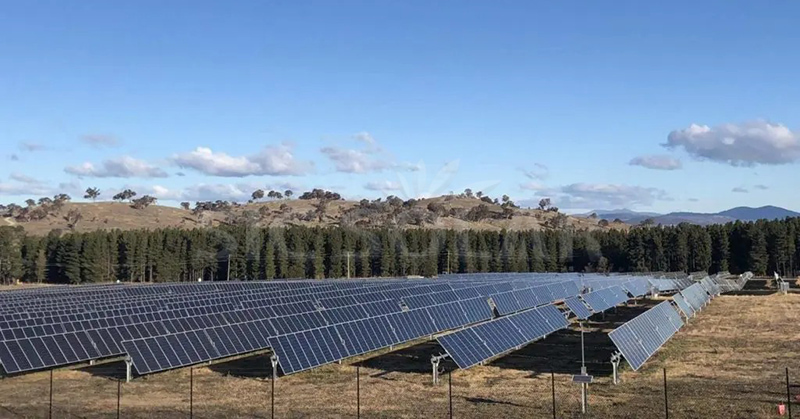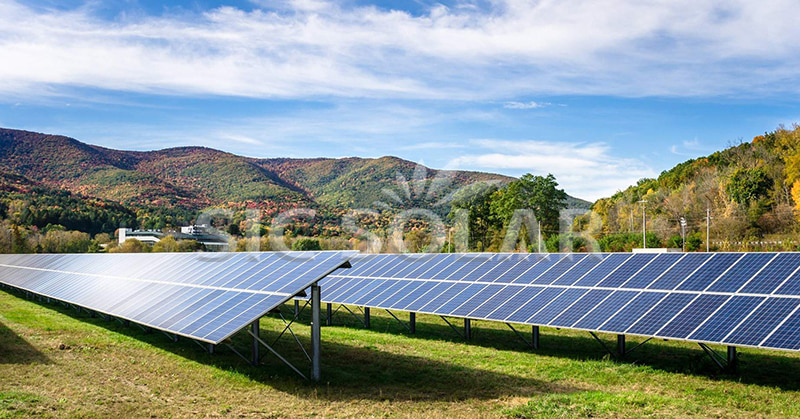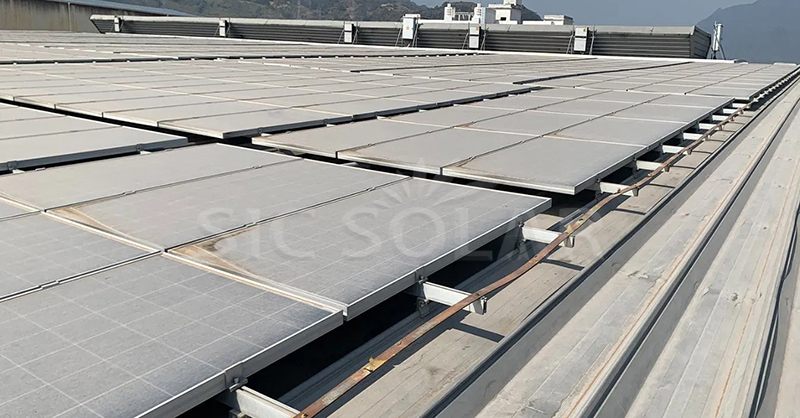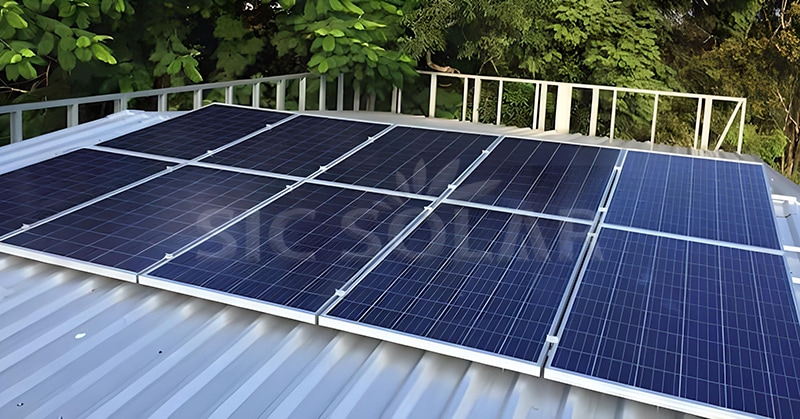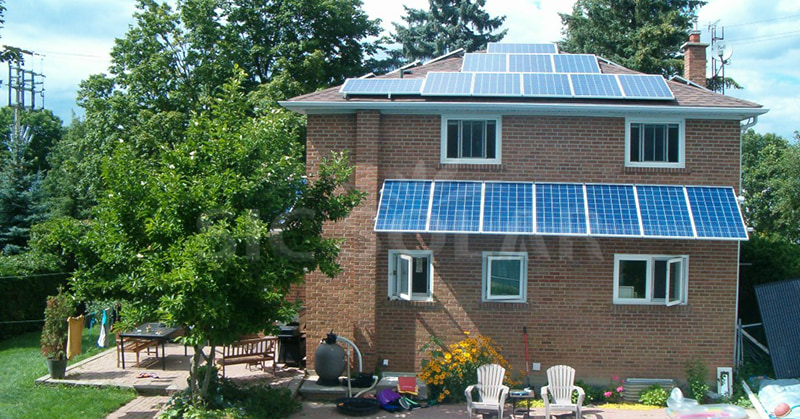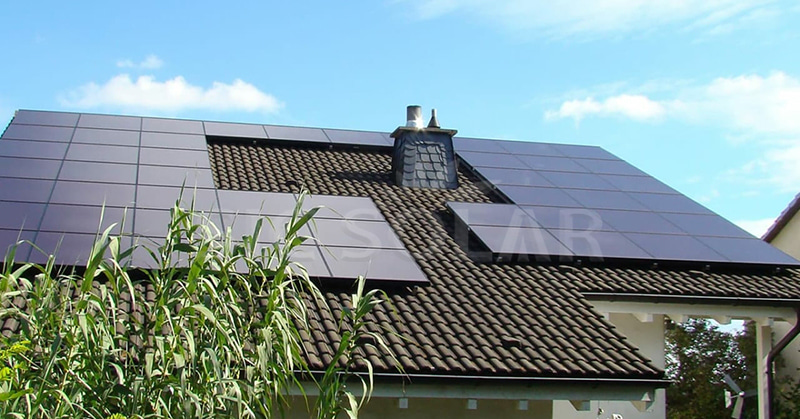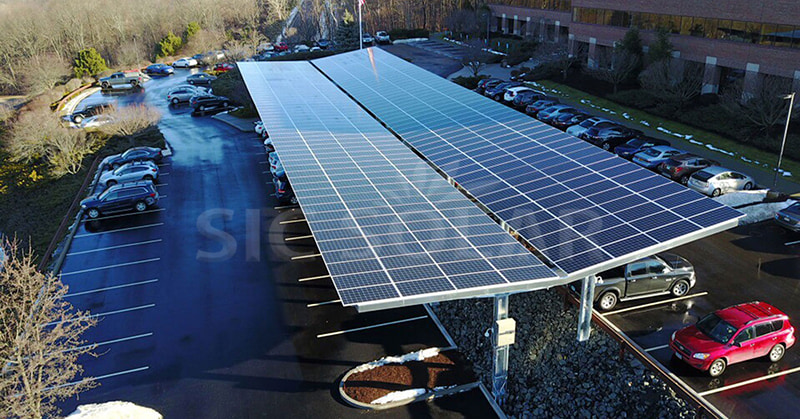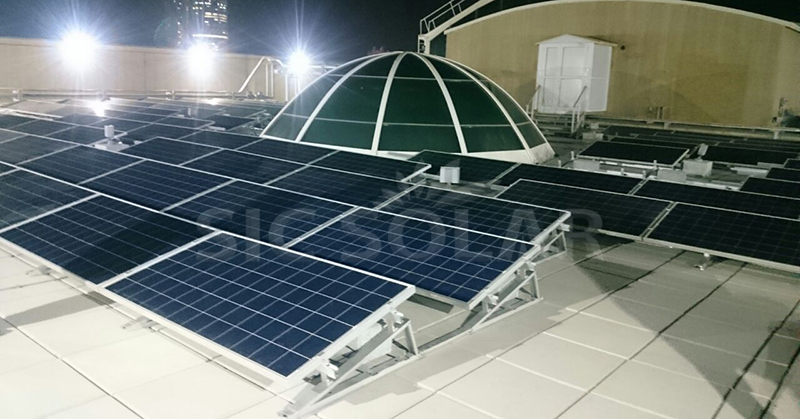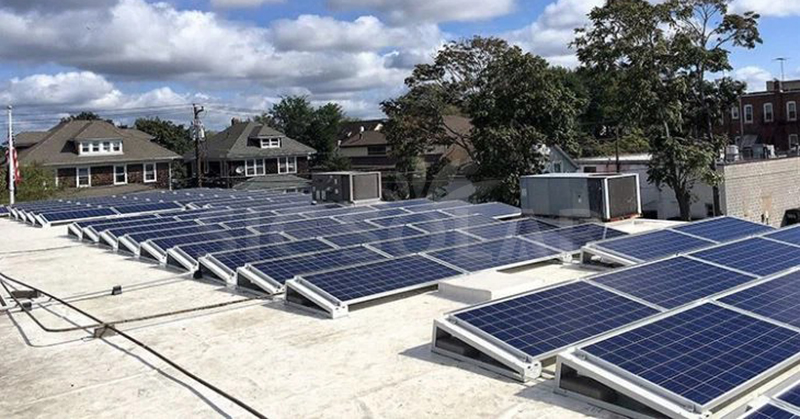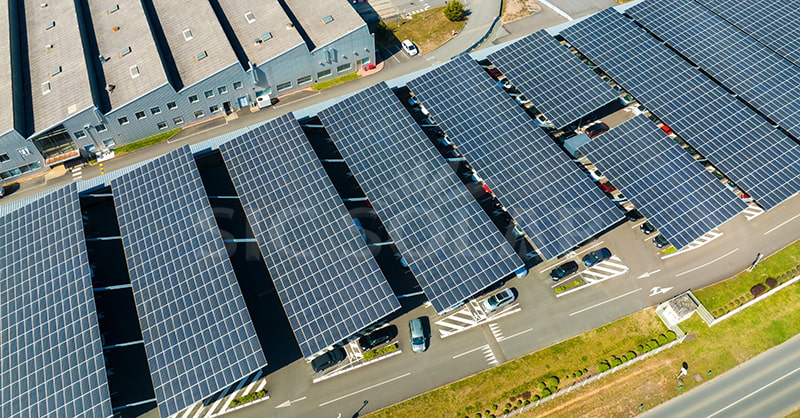Solar mounting brackets play a key role in the successful installation of solar panels. They provide the necessary support to keep the solar panel firmly in place while optimizing its angle for maximum efficiency. Whether rooftop, ground or wall mounted, choosing and using the right mounting brackets ensures durability and performance.
SIC Solar is a company specializing in the production and sale of photovoltaic installation systems, providing high-quality solar installation solutions for a variety of installation needs. Below, we will explore how to effectively use solar mounting brackets and the key factors to consider during the installation process.
Understanding Solar Mounting Brackets
Solar mounting brackets are structural components used to fix solar panels. They come in a variety of types to suit different installation scenarios, such as:
- Rooftop Mounting Brackets: Designed for pitched or flat roofs.
- Ground Mounting Brackets: Solar systems for ground mount.
- Adjustable Brackets: Allows to adjust the angle to maximize the use of sunlight.
- Specialized Brackets: Include options for walls, carports, or other unique structures.
These brackets are usually made of durable materials such as aluminum or stainless steel, ensuring that they can withstand severe weather conditions.
Steps to Use Solar Mounting Brackets
-
Evaluate the Installation Site
- Roof Installations: Check the material, slope and structural integrity of the roof. Metal roofs usually work well with upright seam supports, while flat roofs may require ballast or bonding systems.
- Ground Installations: Ensure that the ground is level and stable to support the brackets.
-
Choose the Right Brackets
Select brackets that are compatible with your solar panels and mounting surfaces. For example:- Tilt Brackets: Ideal for optimizing the angle of solar panels on flat roof or ground systems.
- Standing Seam Clamps: Secure panels to metal roofs without drilling.
SIC Solar offers a variety of bracket options to meet different requirements.
-
Prepare the Mounting Surface
- Clean the surface to remove dirt or debris.
- Mark the location where the bracket will be installed to ensure proper alignment.
-
Install the Brackets
- For drilling systems, use screws or bolts to securely secure the bracket to the roof or ground. Make sure the borehole is properly sealed to prevent leaks.
- For non-drilling systems, such as ballast brackets or bonded brackets, place the brackets according to the design specifications.
-
Attach the Solar Panels
- Secure the solar panels to the brackets using mid and end clamps. Adjust the positioning to align the panels with the mounting structure.
- Tighten all connections to ensure the panels are stable and won’t move in high winds.
-
Check Stability
Check the entire system to ensure that the brackets and panels are firmly fixed. Test the structure's resistance to external forces such as wind or weight.
Best Practices for Using Solar Mounting Brackets
-
Angle Optimization
Adjust the bracket to position the solar panel at the ideal tilt angle, which varies by geography. The right angle maximizes sunlight exposure, resulting in increased energy production. -
Weatherproofing
- Use corrosion-resistant brackets and fasteners to ensure long-lasting performance.
- Apply sealant when necessary, especially for roof installations, to prevent leakage.
-
Regular Maintenance
Periodically inspect the brackets for signs of wear, rust, or looseness. Tighten any loose parts and replace damaged brackets promptly. -
Customization
For unique installations, such as solar carports or balcony systems, custom brackets may be required. SIC Solar specializes in providing tailor-made solutions for a variety of project needs.
Advantages of Using High-Quality Solar Mounting Brackets
-
Stability and Durability
The well-designed bracket securely holds the solar panels in place, even in extreme weather conditions.
-
Efficiency Optimization
The adjustable stand allows users to fine-tune the panel angle to ensure maximum capture of solar energy. -
Ease of Installation
Modern brackets are designed for quick and straightforward installation, saving time and labor costs. -
Versatility
Solar mounting brackets come with options for different surfaces and mounting styles, adapting to a variety of projects.
How SIC Solar Supports Solar Mounting Needs
SIC Solar offers best-in-class photovoltaic installation solutions, including a wide range of solar mounting brackets. Its products are designed to be rugged, easy to use and compatible with a wide range of solar panel types. SIC Solar is committed to quality and innovation, ensuring reliable performance in all installation scenarios, whether on the roof, ground or custom structures.
